CERRO GORDO
|
CERRO GORDO |
|
|
|
|
NAME:
Cerro Gordo COUNTY: Inyo ROADS: 2WD GRID #(see map): 3 CLIMATE: Mild winter, hot summer BEST TIME TO VISIT: Cerro Gordo is at an elevation of 9,000 and it snows deep up there. - David A. Wright |
COMMENTS:
Near Keeler. Great article on Cerro Gordo. Another great article on Cerro Gordo.
Cerro Gordo Road is a maintained gravel/dirt road, just short of 8 miles long and fairly steep in places. You gain a mile in elevation from bottom to top. 4WD is not required, but recommended. The website says Cerro Gordo is closed, but I drove up there with my dad and met the caretaker at the town; he has a rough outer appearance but was friendly and kind enough to show us through 5 buildings and give us the history of the town and mine. He is in the process of restoring the town. Josh Britten |
|
A Spanish name, to be sure. First discovered by Mexican prospectors in 1865, nothing much happened until a Mexican miner showed some silver ore to some mining people in Virginia City. That was all that was needed. An engineer named Mortimer Belshaw took over a mine that was producing lead which Belshaw needed if smelting was to be done at the site of the silver mine. This he did to save the cost of hauling the ore to Los Angeles for smelting and thence to San Pedro. Operations continued until about 1959 when all machinery was removed and taken to Candelaria, Nevada. Enough remains at Cerro Gordo to warrant a visit including the hotel, livery stable and other original buildings. Submitted by Henry Chenoweth. The old mining of Cerro Gordo looks down on Owens Valley on the east side of the Sierra mountains from its site in the Inyo Range some 9,000 feet high. From this abandoned town, now reached by eight miles of steep and winding dirt road, once flowed as much as $13,000,000 in silver and lead bullion. Deserted today, it stands as the greatest silver and lead producer in California history. From the little village of Keeler on the east shore of Owens dry lake, a dirt road heads up into the Inyo Range and Cerro Gordo.  Cerro Gordo Copyright: The Aurora Gallery/Wes Shrader Photography 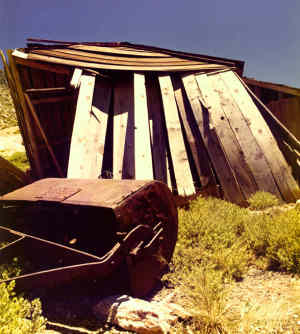 Cerro Gordo Copyright: The Aurora Gallery/Wes Shrader Photography 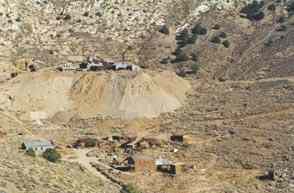 Cerro Gordo Courtesy Dolores Steele 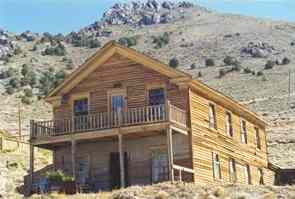 Cerro Gordo Hotel - 1871 Courtesy Dolores Steele 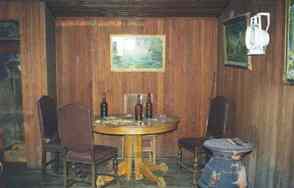 Inside Hotel Courtesy Dolores Steele 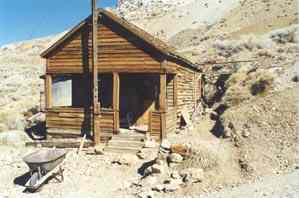 Cerro Gordo Courtesy Dolores Steele 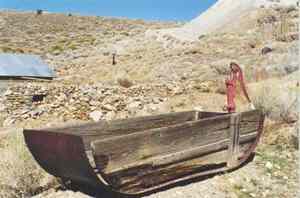 Cerro Gordo Courtesy Dolores Steele  Cerro Gordo Courtesy Dolores Steele 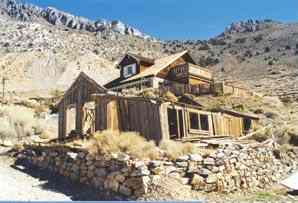 Cerro Gordo Courtesy Dolores Steele 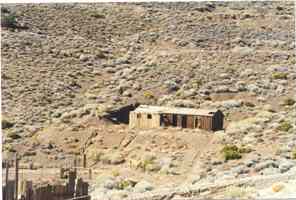 Bunkhouse Courtesy Dolores Steele 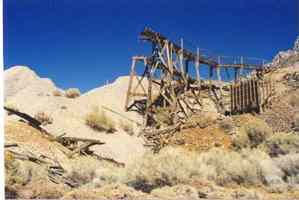 Mine Courtesy Dolores Steele Courtesy David A. Wright .jpg) View down the main street of Cerro Gordo. American Hotel dominates the scene. July 1996. Courtesy David A. Wright .jpg) Below the Union Mine. July 1996. Courtesy David A. Wright .jpg) Hoisting equipment inside the Union Mine. July 1996. Courtesy David A. Wright |
|
|---|
|
|